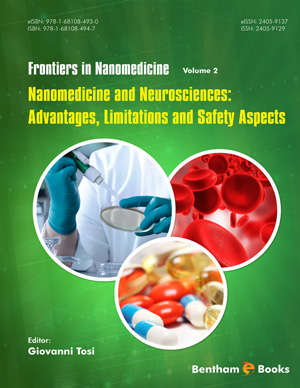Abstract
Preclinical development of nanotechnology formulated-drugs shares many features with the development of other pharmaceutical products. However, there are some relevant differences. Nanoparticulated therapeutic systems have challenges related to their production, physicochemical characterization, stability and sterilization, but offer special advantages regarding drug solubilization, bioavailability and biodistribution. A good design of the nanoconjugate, should take into account these pros and cons in the specific setting of the target disease. Moreover, researchers should also bear these in mind when planning in vitro and in vivo proof-of-concept assays. In this chapter we will focus in assays required to test the efficacy of a therapeutic nanoconjugate and how appropriate animal models and imaging technologies help to speed up preclinical development. In addition, we will also describe how basic in vivo pharmacokinetic and biodistribution assays aid researchers to optimize the design of a highly active and non-toxic nanoconjugate.
Keywords: Animal models, In vivo preclinical validation, Nanomedicine, Nanoconjugate, Optical bioluminescence and fluorescence imaging, Proof-ofconcept, Toxicology, Whole-body biodistribution.




















